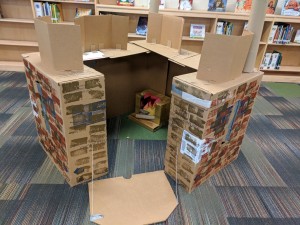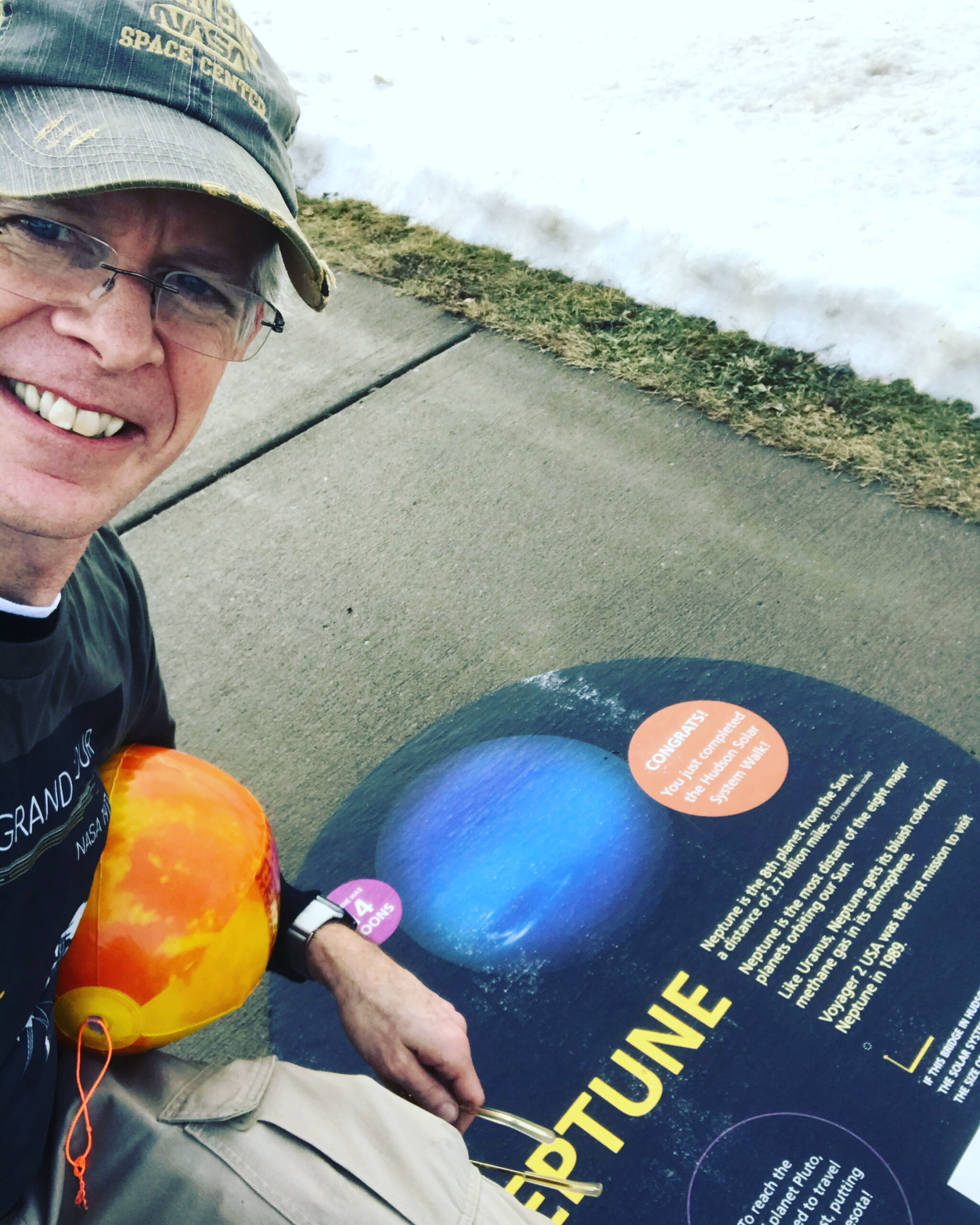Guest post by Heather Moorefield-Lang
Information Literacy
Information Literacy, as defined by the Association of College and Research Libraries (2000), is the ability to know when information is needed as well as locate, evaluate, and use that information effectively.
Information literacy typically has six steps (ACRL, 2000).
- Determine the type of information needed
- Accessing the needed information
- Evaluating found information critically
- Integrating new knowledge
- Use information effectively for the given task
- Knowing or understanding the legal and/or social issues involved with using the knowledge. In other words, using found information ethically.
The idea behind information literacy was originally focused on institutes of higher learning but the idea of information literacy, knowing that information is needed and how to get that information in a systematic and ethical manner spans all grade levels, every student, and each patron. It is a lesson that we in the field of librarianship can demonstrate and aid our patrons in following. Not only for research projects and presentations but also in locations such as makerspaces, fablabs, and hackerspaces.

Genius Hour gives young people a chance to explore ideas, research, prototype, test, fail, and repeat.
Makerspaces
My favorite definition of a makerspace is by Laura Fleming. This is not the final or only definition of a makerspace or place for making, it just happens to be my favorite. Fleming (2015) defines makerspaces as a location that encourages tinkering, play, and open-ended exploration for all. There is nothing in that definition that discusses any specific type of technology. Nowhere in that definition is a particular space or the need for a static location discussed. Makerspaces can be a destination in a school, library, community, space, museum, etc. They can be on wheels. They can also take place online. They are an environment that encourages our patrons, students, and users to tinker, play, and explore. Making in a school library might look a bit different than in a university or public library maker location. There might be more of a curricular tie in a school library setting than in a community fablab for instance. The idea for these locations should always be the same; problem based learning focused on exploration.
Information Literacy and Making
An example: A patron or student has entered the makerspace with a plan to design a house for a sustainable home development project. How will the patron get started? Where will they find their research about eco-friendly homes and sustainable living? Will they find credible information? How will the student use this information to complete the project? How will the student create a design that is new and not a copy of another designer’s?
By thinking systematically through the design process for this patron’s project, we have also gone through the steps of information literacy as well. We determined the needs of the student, considered the information he/she/they needed to access, discussed critical thought about the information, pondered on how they were going to use the information for their project, and ended with considering originality of the designed project.
Mindful Making
In their article Mindful Maker: Question Prompts to Help Guide Young People’s Critical Technical Practices in Makerspaces in Libraries, Museum, and Community Based-Organizations, Leanne Bowler and Ryan Champagne asked the following question. “How can young people’s experiences as makers go beyond produce-oriented activities focused on procedural “how to do it” learning, to include notions of reflection, critique, assessment, agency in relation to the technology that they make.” This is one question posted in an excellent article. Information literacy and other methods of research are a step in the right direction toward creating mindful makers. Guiding our students and patrons to research, evaluate, and critically think on their making as opposed to simply copy while making is critical. The research while making should go hand in hand. It just makes sense.
Tips
- Tie making to research skills. Get them to ask questions about the steps of their making.
- Ask your makers, “What are you Making?” Follow up with “Why do you Make?” for more meaningful maker conversations.
References
- Association of College and Research Libraries. (2000). Information literacy standards. Retrieved from http://www.ala.org/Template.cfm?Section=Home&template=/ContentManagement/ContentDisplay.cfm&ContentID=33553
- Bowler, Leanne, & Champagne, Ryan. (2016). Mindful makers: Question prompts to help guide young peoples’ critical technical practices in maker spaces in libraries, museums, and community-based organizations. Library and Information Science Research, 38, 117-124.
- Fleming, Laura. (2015), Worlds of Making: Best Practices for Establishing a Makerspace for your School. Corwin Press, Thousand Oaks, CA.
Recommended Reading
- Bowler, Leanne, & Champagne, Ryan. (2016). Mindful makers: Question prompts to help guide young peoples’ critical technical practices in maker spaces in libraries, museums, and community-based organizations. Library and Information Science Research, 38, 117-124. https://doi.org/10.1016/j.lisr.2016.04.006
- Keune, A., & Peppler, K. (2017). Maker portfolios as learning and community-building tools inside and outside makerspaces. Philadelphia, PA: International Society of the Learning Sciences.
- Moorefield-Lang, Heather. (2018). School Library Makerspaces in Action. Libraries Unlimited, Santa Barbara, CA.
- Ratto, M., 2011. Critical making: Conceptual and material studies in technology and social life. The Information Society, 27(4), pp.252-260.
Author Information
Heather Moorefield-Lang
Assistant Professor
Department of Library and Information Studies
University of North Carolina at Greensboro
Greensboro, North Carolina, USA
Professor Moorefield-Lang has presented extensively about her research on makerspaces in libraries. Check out her slide set at: https://www.slideshare.net/actinginthelib/makerspaces-and-information-literacy





Leave A Comment